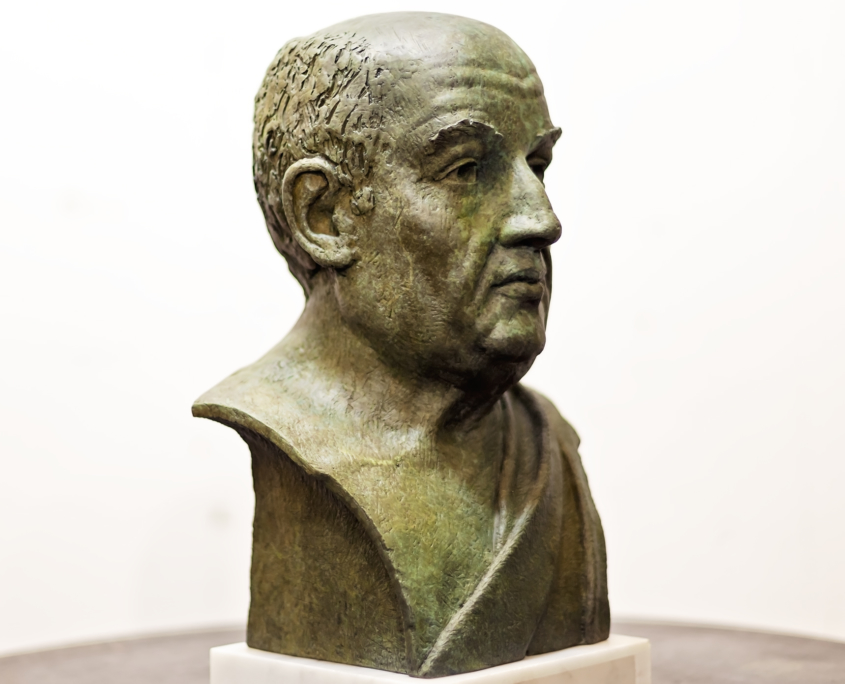
Seneca seems more preoccupied with presenting facts of the universe and the human condition instead of offering solace. Furthermore, although each essay is particular in its address of consolation, the tone of these works is notably detached. Although they are personal addresses of Seneca, these works are written more like essays than personal letters of consolation. These works clearly contain essential principles of Seneca’s Stoic teachings. The Consolations are part of Seneca’s Treatises, commonly called Dialogues, or Dialogi. Seneca’s three consolatory works, De Consolatione ad Marciam, De Consolatione ad Polybium, and De Consolatione ad Helviam Matrem, were all constructed in the Consolatio Literary Tradition, dating back to the fifth century BC.

Seneca's Consolations refers to Seneca’s three consolatory works, De Consolatione ad Marciam, De Consolatione ad Polybium, De Consolatione ad Helviam, written around 40–45 AD. For other uses, see Consolation (disambiguation). For the act of consoling, see Consolation.


 0 kommentar(er)
0 kommentar(er)
